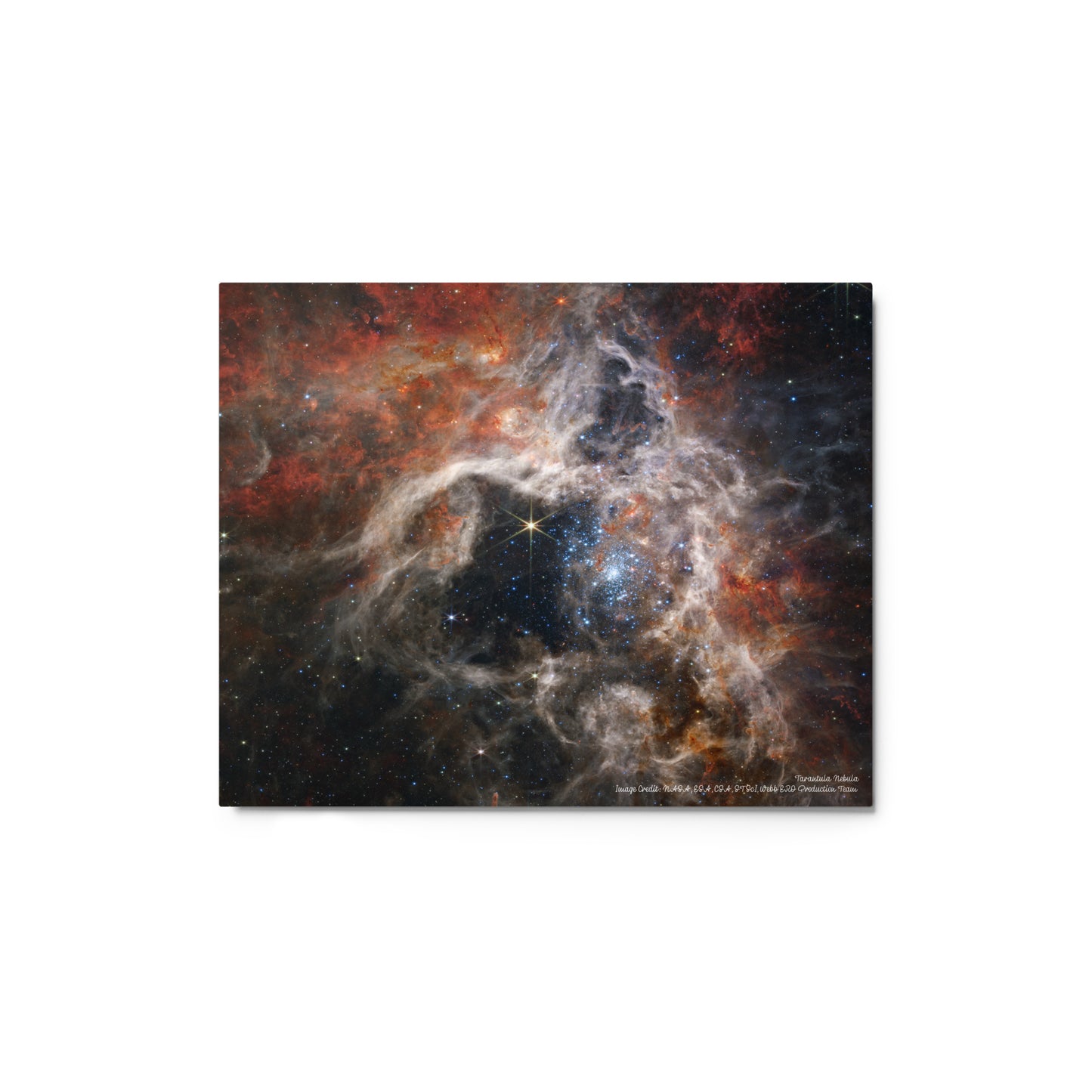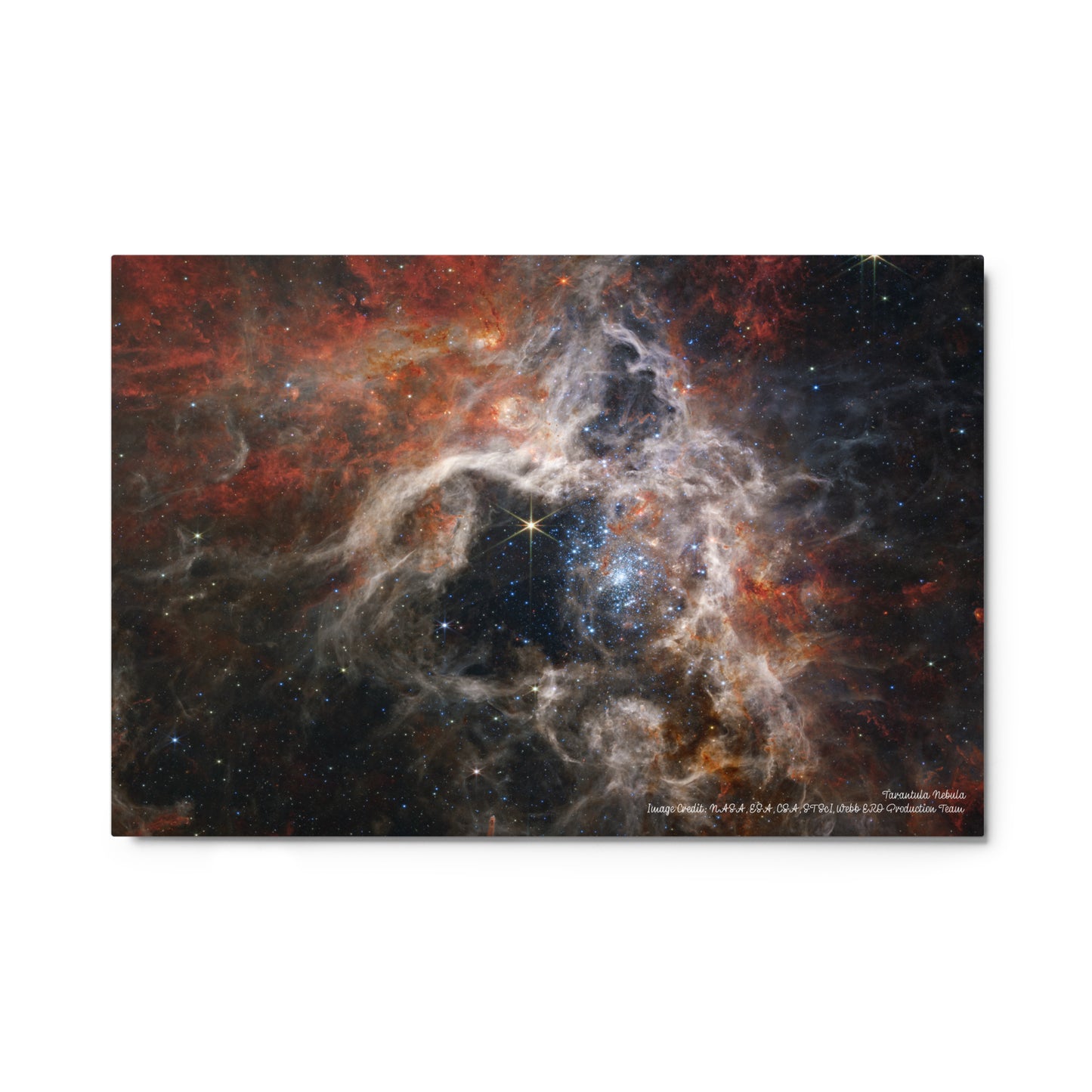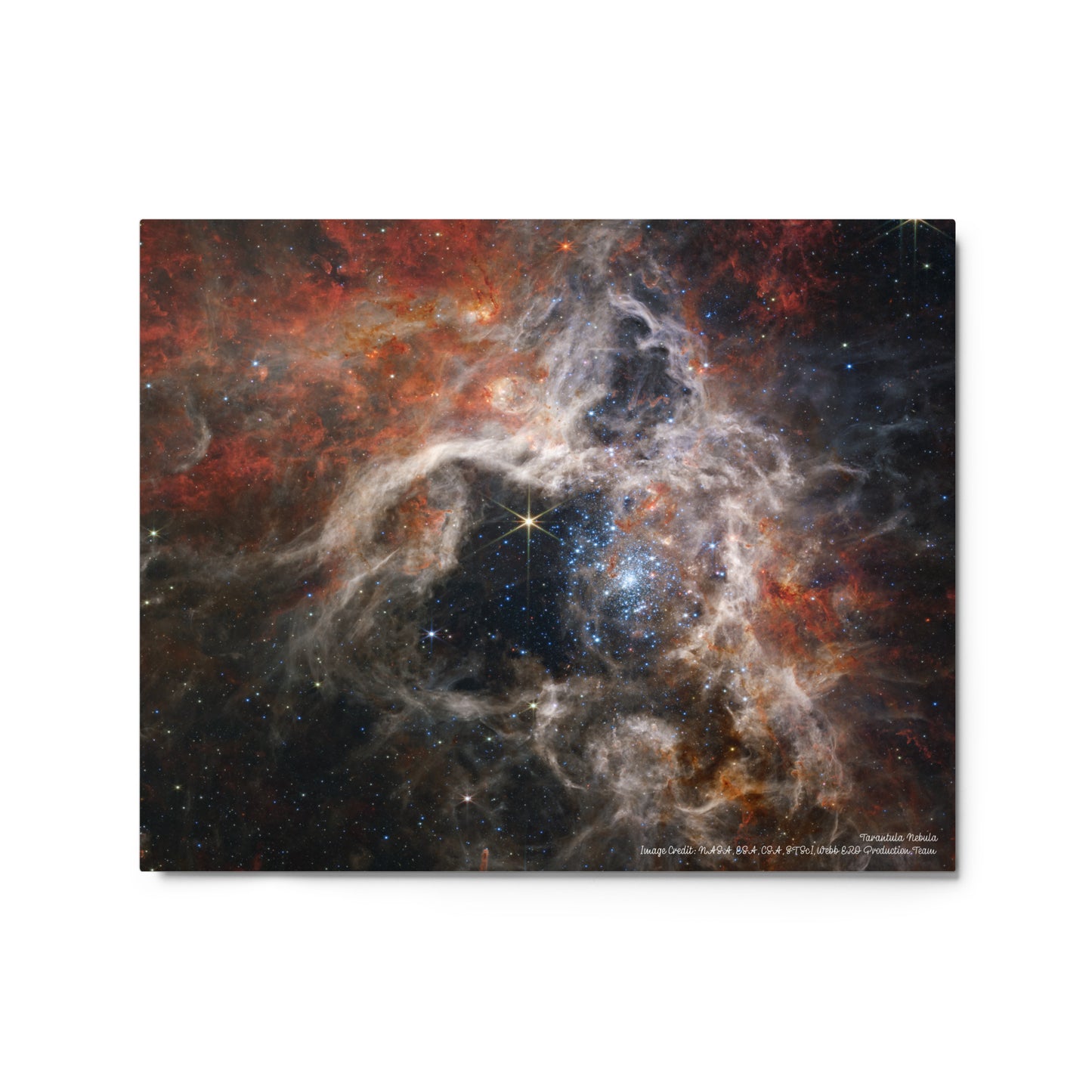Tarantula Nebula, Metal prints
Tarantula Nebula, Metal prints
Couldn't load pickup availability
Bring the Universe Home: High-Quality Metal Prints
Transform your space with stunning cosmic wonders. These high-quality metal prints showcase the universe's vibrant colors and intricate details in a way that has never been seen before.
Lasting Visions of the Cosmos:
Scratch- and Fade-Resistant: Crafted with a durable aluminum surface, these prints withstand everyday wear and tear.
Exceptional Vibrancy: The meticulous printing process utilizes the metal's reflective properties to create stunningly vivid colors that bring the cosmos to life.
Easy to Care For: Simply wipe clean with a damp cloth, making them ideal for high-traffic areas.
Multiple Sizes Available: Find the perfect fit for your space, whether you're seeking a captivating focal point or a mesmerizing gallery wall.
Modern Elegance:
These metal prints boast a sleek and contemporary aesthetic, a touch of sophistication. The artwork appears almost luminescent against the wall, adding a unique dimension to your décor.
Tarantula Nebula:
In this mosaic image stretching 340 light-years across, Webb's Near-Infrared Camera (NIRCam) displays the Tarantula Nebula star-forming region in a new light, including tens of thousands of never-before-seen young stars that were previously shrouded in cosmic dust. The most active region appears to sparkle with massive young stars, appearing pale blue. Scattered among them are still-embedded stars, appearing red, yet to emerge from the dusty cocoon of the nebula. NIRCam can detect these dust-enshrouded stars thanks to its unprecedented resolution at near-infrared wavelengths.
To the upper left of the cluster of young stars, and the top of the nebula's cavity, an older star prominently displays NIRCam's distinctive eight diffraction spikes, an artifact of the telescope's structure. Following the top central spike of this star upward, it almost points to a unique bubble in the cloud. Young stars, still surrounded by dusty material, are blowing this bubble and beginning to carve out their own cavity. Astronomers used two of Webb's spectrographs to take a closer look at this region and determine the chemical makeup of the star and its surrounding gas. This spectral information will tell astronomers about the age of the nebula and how many generations of star birth it has seen.
Farther from the core region of hot young stars, cooler gas takes on a rust color, telling astronomers that the nebula is rich with complex hydrocarbons. This dense gas is the material that will form future stars. As winds from the massive stars sweep away gas and dust, some of it will pile up and, with gravity's help, create new stars.
Constellation: Dorado
Dimensions: Image is 7.24 arcmin across (about 360 light-years)
Distance: 170,000 light-years (52,000 parsecs)
Exposure Dates: 2 June 2022
Image Credit: NASA, ESA, CSA, STScI, Webb ERO Production Team
Share




